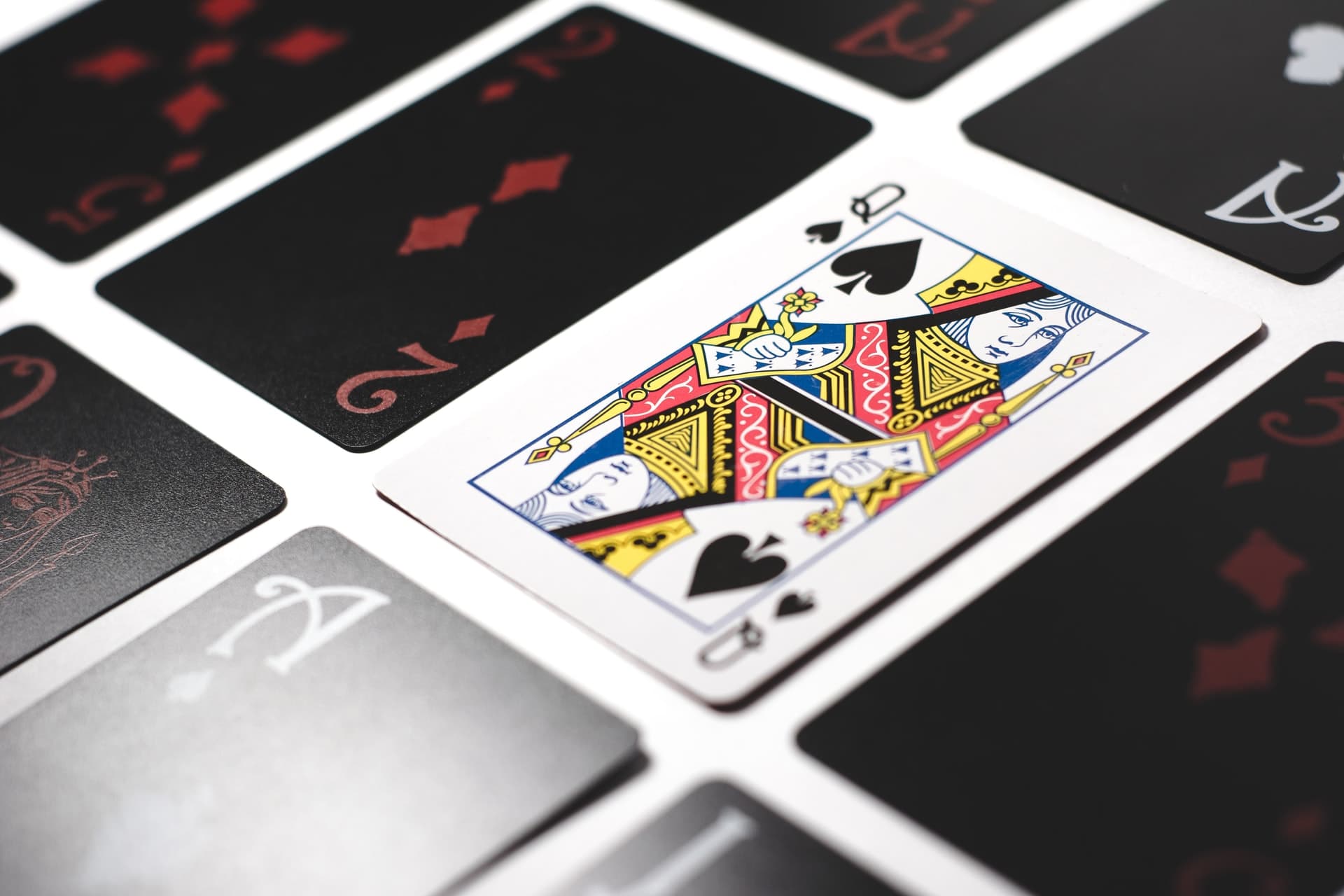Genealogically speaking, the origins of Blackjack are about as clear as the famed Roman ancestor. Everybody either has or wants one, but few can prove it exists.
Nobody seems to know where Blackjack originated. As with most famous things, theories suggest that Ancient Romans played Blackjack with painted blocks that had numbers on them. No proof exists to corroborate this hypothesis. Researchers informally agreed that Blackjack may instead have originated from the card game “Vingt-et-un.” “Vingt-et-un” directly translates into “Twenty-one,” played at French casinos around the 1700. In the 18th century, French colonists started migrating to the Americas. The game gained popularity in the States, spreading throughout North America. By 1820, patrons played the game at the legalized gambling halls of New Orleans. Later, it started becoming more popular at the casinos of Nevada City, California. It never quite reached the status of a house favourite, though.
20th Century Blackjack Evolves
Twenty-one remained nothing more than a seat-warmer in the establishments of America for almost two decades. It pitched players against each other from opposite corners; and had different rules than modern-day Blackjack, one of which was that only a dealer may double in the game. Somewhere, American gambling halls and casinos decided to promote the game of Twenty-one. They offered bonus payouts of ten to one if a player’s hand was a blackjack. This hand was when dealt a jack of spades or clubs with the ace of spades. These payouts became less and less frequent as the game gained popularity, but the name stuck. In the great gambling halls of America, modern-day 20th century Blackjack was born.
Blackjack Goes Global
Having remained a favourite at gambling tables for a long time, the subsequent significant development of Blackjack came when the internet started to become popular. At first, online casinos offered only the classic version of the game to players globally. Soon after, various game variants were available online, having different rules and innovative features, while some even changed the gameplay entirely. For example, the basketballinsiders blackjack page shows lists of the best online platforms to play live Blackjack on. Unless you are an experienced player, stick to tables with low risks while getting acquainted with the game.
In Theory, Strategy, Not Luck, Can Win the Game
Born in 1919, the first player to achieve success by applying scientific knowledge in Blackjack was the physicist Markovitch, also known as Jess Markum. At an estimated age of thirty, he observed a game of Blackjack at a casino in Las Vegas. He started working on a winning strategy armed with only a pen and pencil. It was so successful it would eventually see him banned from casinos worldwide, but he had laid the foundation for an essential strategy to win. In 1956, four army mathematicians had an article published in the Journal of the American Statistical Association, which was seen as a correct mathematical set of rules for the Game of Blackjack. Theoretically, this basic strategy could see a player proceed with any hand in the house and win, cutting the house’s edge to fractions. In theory, there was a working strategy of beating the odds. They became known as the “Four Horsemen of Aberdeen.” Blackjack had become the choice game of intellectuals, mathematicians, and players who wanted to feel they had a real chance of winning. The game’s popularity gave rise to several books and strategies for winning the game. Edward O. Thorp, a man with a PhD in math from UCLA, became famous when publishing his best-selling paperback “Beat the Dealer” in 1962. The book explained the statistical advantage players had over the house by counting cards.
Counting Cards
Counting cards, a strategy where players keep track of the number of high-level cards in play during the game, was one of the most well-known early strategies to winning Blackjack. Although initially introduced to the public by Edward Thorp, his theories were complex. Julian Brown, a programmer and mathematician, formulated a simplified version of Thorp’s theories. He called it the Hi-Lo system. Brown introduced his system in the book “How to Play Winning Blackjack” to the public, but Thorp had already introduced the system in reprints of his original bestseller of “Beat the Dealer.” Brown’s book never achieved much success.
The Traditional Rules of Blackjack
The goal of Blackjack is simple; the player beats the dealer’s total without exceeding twenty-one, or they go bust. In 1931 gambling was legalised; The Nevada Gaming Commission defined a basic set of rules for Blackjack. Casinos have since introduced new variations to the game to turn the odds back in their favour, but the basic rules have not changed since the 1960s.
Basic Twenty-One Gaming Rules
When playing Blackjack, both the players and dealer will be dealt two cards, of which only one will be visible on the table. The players would make the following calls based on the cards they received:
- Hit, which gets another card.
- Stand, which means the player keeps the cards he has been dealt.
- Split, if the player was dealt a pair of cards, i.e., two sevens, for instance.
- Double down, which doubles the wager, and the player gets only one new card.
- A natural blackjack is drawn when the player is dealt an ace with a ten-value card.
Original Casino Odds of Blackjack
Typically, the winning odds of the card game would follow the structure below:
- When a player draws a natural blackjack, the table pays three to two. In other words, a bet of $100 will return $150.
- All other bets on the table would pay out even.
- If a player busts first, they lose.
- If the dealer and player draws a tie, neither side will win the table.
Keep it Real
Counting cards is more complicated than it seems. Casinos realised that some players were beating the odds and introduced variations to the game’s rules, shifting the odds back in their favour. Study the strategies and find the best odds for your next Blackjack game. Extensive winning strategies and risk calculators for Blackjack can be found online. Take the time to get to know at least a basic strategy chart of Blackjack before playing for high stakes. Know when to call it quits. Remember, no strategy can ever guarantee a win when gambling, or it won’t be a gamble. Keep tabs on your bankroll and never bet more than you can afford to lose. Play responsibly.
 Bilal Abdul Kareem Journalist
Bilal Abdul Kareem Journalist




